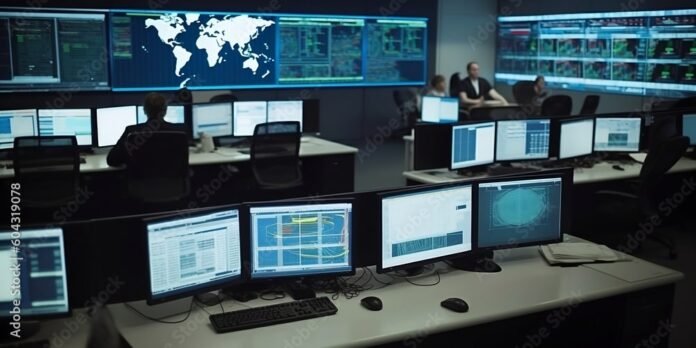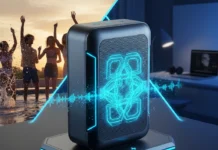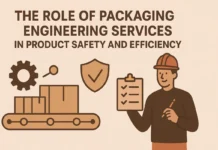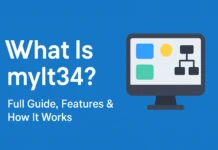Over the past few years, the realm of pest control has experienced a significant shift due to numerous technological breakthroughs, particularly in the areas of pest detection and monitoring systems. These cutting-edge innovations are radically altering conventional methods of managing pests, paving the way for more streamlined, accurate, and eco-friendly solutions. In this article, we delve into the latest technologies that are revolutionizing the pest control sector, marking the beginning of an innovative new chapter marked by proactive and analytically driven approaches.
Remote Sensing
Remote sensing technologies have emerged as powerful tools in pest detection and monitoring. Satellites equipped with advanced sensors can capture high-resolution imagery, enabling the identification of potential pest hotspots across vast agricultural landscapes. This technology provides a bird’s-eye view of crop conditions, helping farmers and pest control professionals to detect early signs of infestations. The ability to monitor large areas remotely enhances the speed and accuracy of pest management interventions, leading to more effective control measures.
Drones
Drones have taken flight in our skies, not solely for entertainment purposes but also as indispensable tools in the fight against pests in agriculture. Outfitted with advanced cameras and sensors specifically designed for this purpose, drones have the ability to soar over vast farmlands, extensive orchards, and diverse agricultural landscapes, collecting real-time information regarding crop health and the existence of various pests. The maneuverability and adaptability of these aerial devices make them remarkably suitable for traversing complex terrains and providing an up-close view that greatly assists in the accurate identification of distinct pest species and their population densities. This impressive capability of drones from an aerial standpoint substantially enhances the effectiveness of monitoring pests and allows for a more focused approach to counteracting their impact on agricultural yields.
IoT Sensors
The Internet of Things (IoT) has made its mark in agriculture, and its application in pest control is no exception. IoT sensors, strategically placed in fields and storage facilities, continuously collect and transmit data on environmental conditions. These sensors can monitor temperature, humidity, and other factors that influence pest activity. Real-time data allows for swift responses to changes in pest dynamics, enabling farmers to implement control measures precisely when and where they are needed, minimizing both the environmental impact and economic losses.
Machine Learning Algorithms
Machine learning algorithms have proven to be a game-changer in predicting and preventing pest outbreaks. By analyzing vast datasets on weather patterns, crop health, and historical pest incidents, these algorithms can generate predictive models. These models provide insights into the likelihood of pest infestations based on specific environmental conditions, allowing farmers to proactively implement preventive measures. The ability to forecast pest outbreaks enhances the overall resilience of agricultural systems, reducing the reliance on reactive, chemical-intensive approaches.
Smart Traps and Sensors
At ground level, smart traps and sensors are transforming the way pests are detected and monitored. Smart traps equipped with pheromones or attractants can lure and capture specific pests, providing valuable data on population density and distribution. Meanwhile, ground sensors can detect subtle changes in soil conditions that may indicate the presence of soil-dwelling pests. These technologies offer a more granular and targeted approach to pest monitoring, enabling farmers to make informed decisions about the need for intervention and the most suitable control methods.
Blockchain in Pest Data Management
The integration of blockchain technology in pest control is addressing challenges related to data management and transparency. Blockchain creates a decentralized and secure system for storing and sharing pest-related data, ensuring that information is tamper-proof and traceable. This not only facilitates collaboration among stakeholders but also builds trust in the accuracy of pest-related information. The transparency provided by blockchain technology is particularly crucial in global supply chains, where accurate and timely pest data can prevent the spread of infestations across borders.
Biological Sensors
Drawing inspiration from nature, biological sensors are being developed to detect pests based on their biochemical signatures. These sensors, often modeled after the olfactory systems of certain animals, can identify the unique volatile compounds emitted by pests. This approach offers a non-intrusive and environmentally friendly means of detecting pests in real-time. By mimicking nature’s strategies, biological sensors contribute to sustainable pest control practices that align with ecological principles.
Augmented Reality (AR) for Training and Decision-Making
Augmented Reality (AR) is finding applications in pest control training and decision-making processes. Through AR simulations, pest control professionals can immerse themselves in realistic scenarios, enhancing their ability to identify pests and assess infestation levels. Additionally, AR can be used to overlay real-time data onto the physical environment, providing decision-makers with instant insights during field inspections. This interactive and dynamic approach to training and decision-making improves the effectiveness of pest control strategies.
Challenges and Ethical Considerations in the Age of Smart Pest Control
Technological advancements in the realm of pest control bring with them a vast array of potential benefits, yet they also present several obstacles and moral dilemmas that warrant careful consideration. The prevalent implementation of surveillance technology raises concerns regarding privacy, which necessitates the establishment of well-defined guidelines to govern data ownership and its utilization. Moreover, the access and availability of these innovative solutions may differ significantly, leading to issues surrounding fairness and equality in their employment. It is imperative to strike a delicate balance between embracing cutting-edge pest control methods and addressing ethical concerns to ensure that the merits of intelligent pest management are distributed fairly and conscientiously across society.
To sum up, the incorporation of cutting-edge technologies in identifying and tracking pests is paving the way for intelligent and eco-friendly methods of pest management. Utilizing tools such as remote sensing, drones, IoT sensors, and machine learning, farmers and pest control experts are equipped to make well-informed choices and execute precise actions. As this domain continues to progress, addressing obstacles and ethical concerns becomes crucial to guarantee that these advancements lead to a future where pest control is not only efficient but also environmentally considerate and socially accountable.







